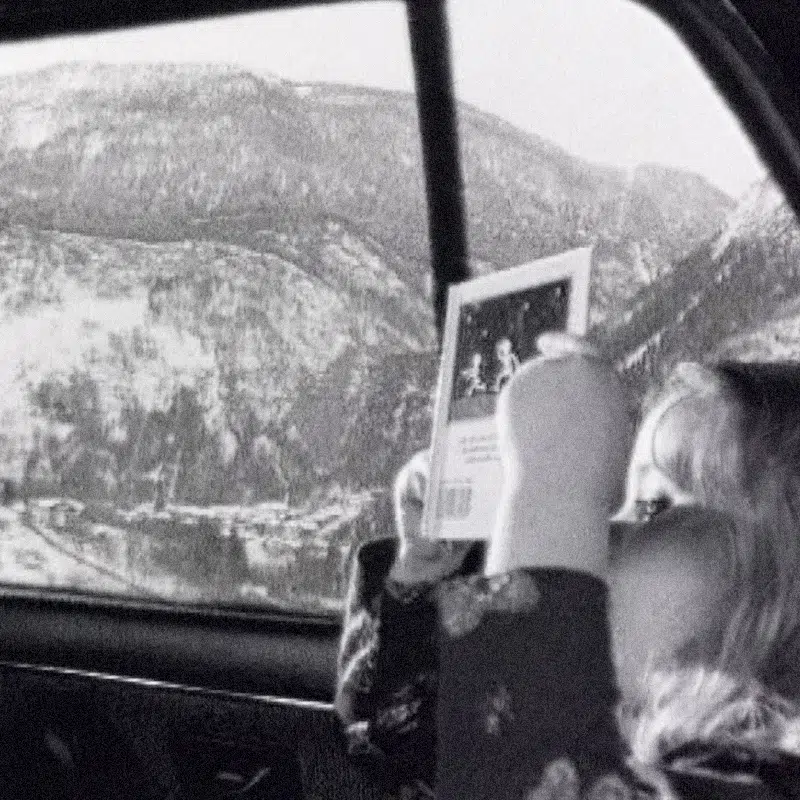Robert Miles — Children. Success, drama, plagiarism. Story behind the track

How did it all begin? It started with a great love of music. Robert already listened to experimental records by Stockhausen, complex jazz by Miles Davis, German krautrock, soul, funk, and classic electronic music, but in 1988 (when he was 18 years old), his friends showed him foreign house vinyls and he got lost. He started collecting records and learning to play trendy electronic music, first at local discos, then regional ones, and finally he reached clubs in Milan. At the same time, he worked at radio stations and spent all his earnings to build a small 4×4 studio in the garage of his house in the very north of Italy where he lived with his girlfriend at the time.
Then, there was the DJ scene with musicians and entrepreneurial people who wanted to develop the Italian market for dance electronics. In 1994, under the name Roberto Milani, Miles released his first records in one of the club subdivisions of Severo Lombardoni’s production centre, which was responsible for a large share of Italian music in 80s and 90s. Roberts’s curator was a young Nando Vannelli, who worked at Lombardoni’s department responsible for artists and their repertoir. At the end of 1994, Nando brought the discs from his department to his older brother,


